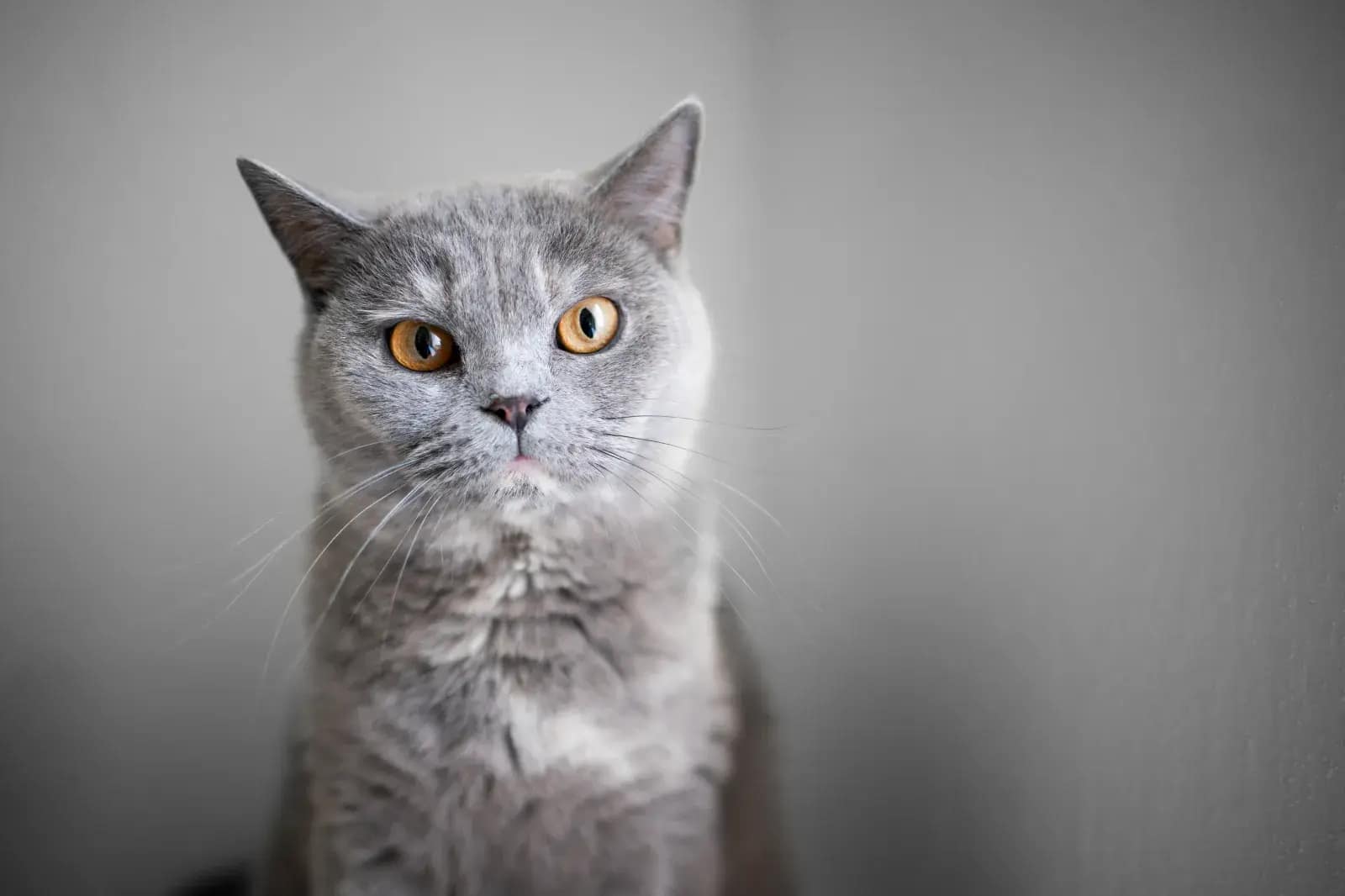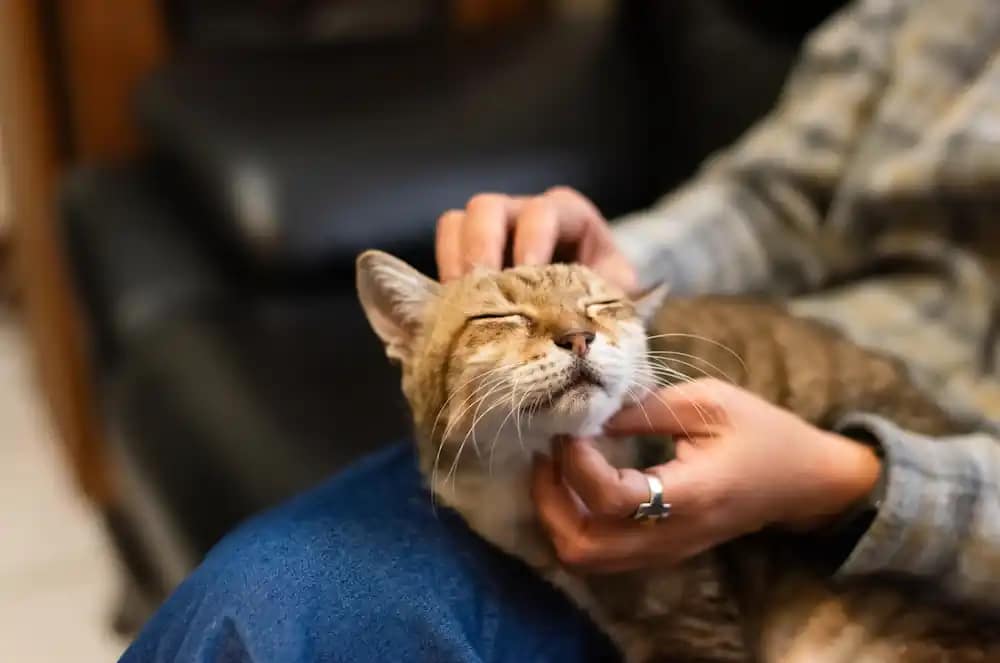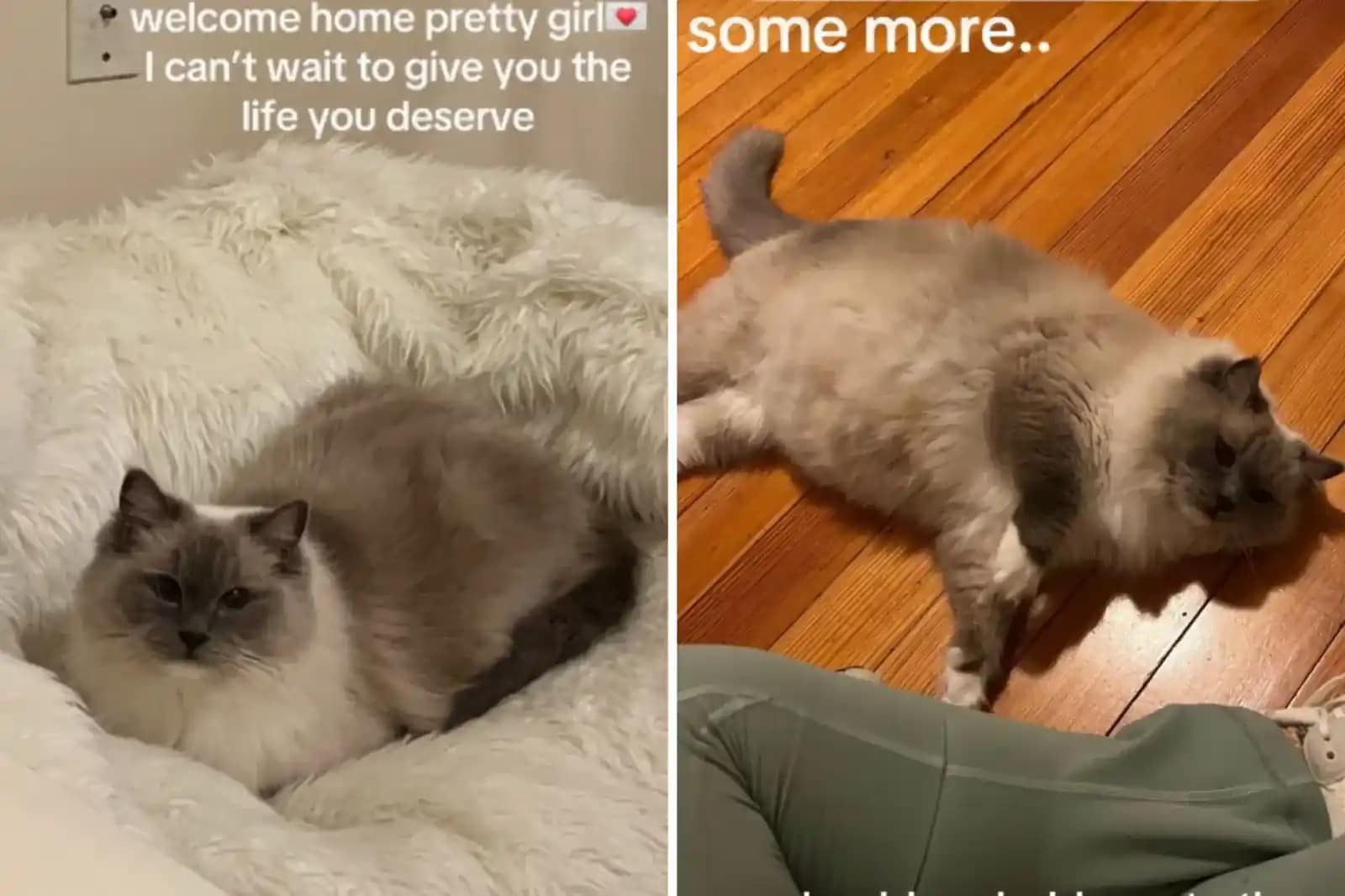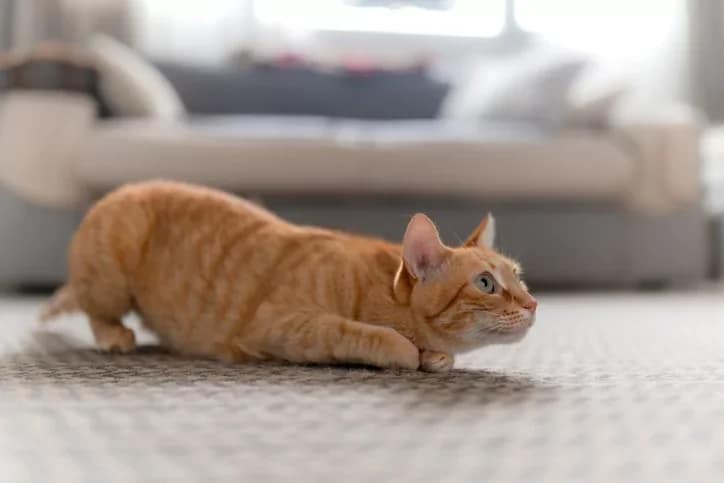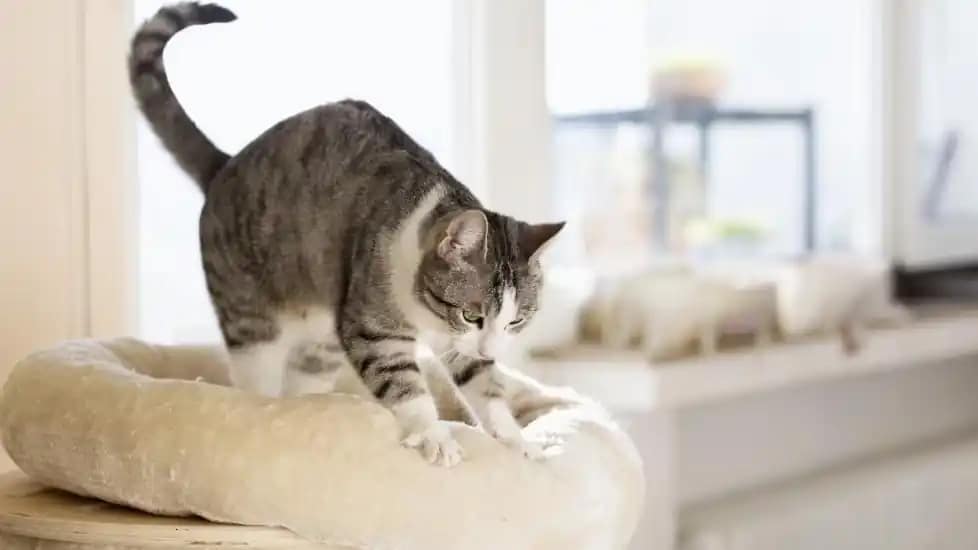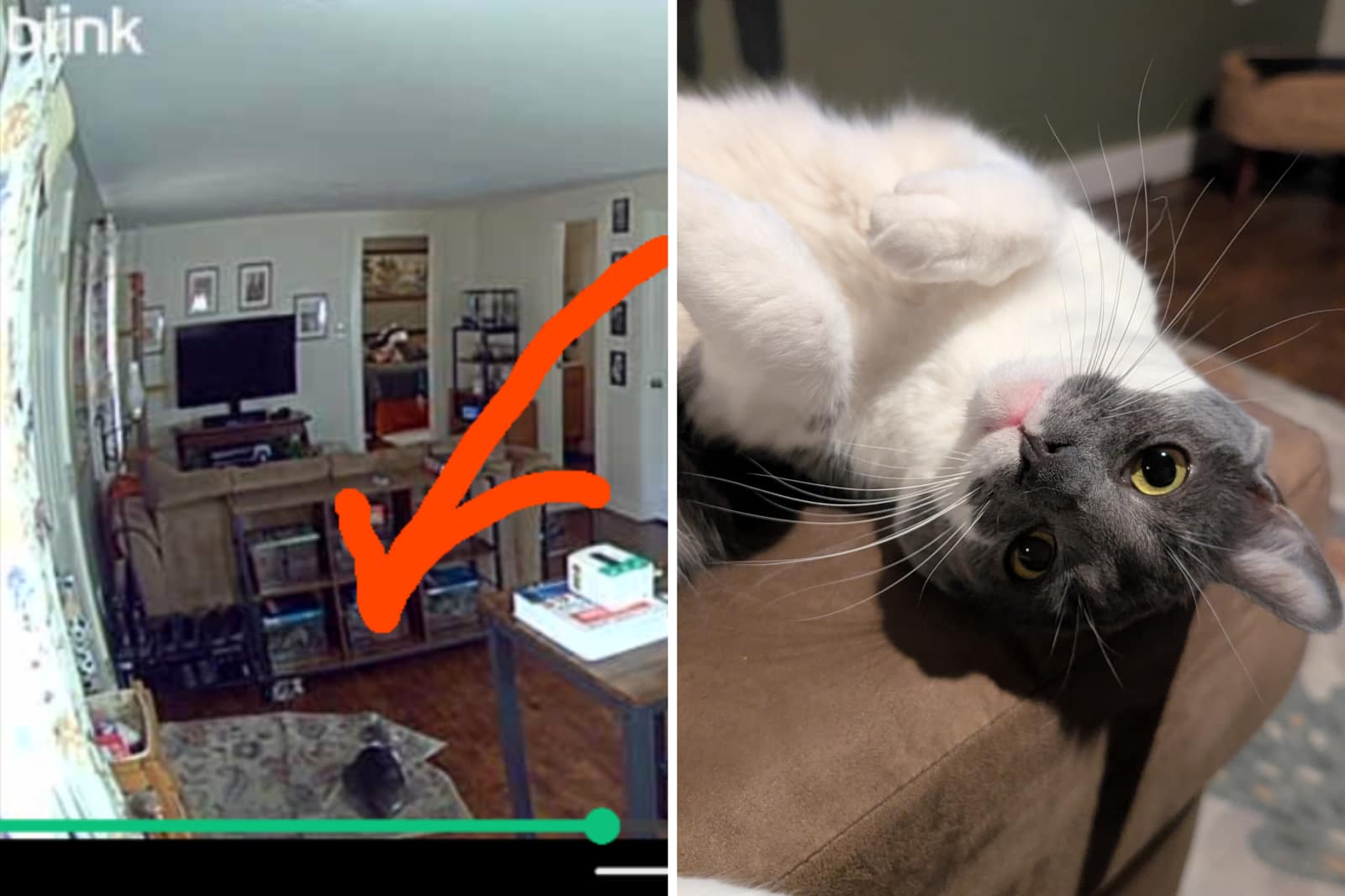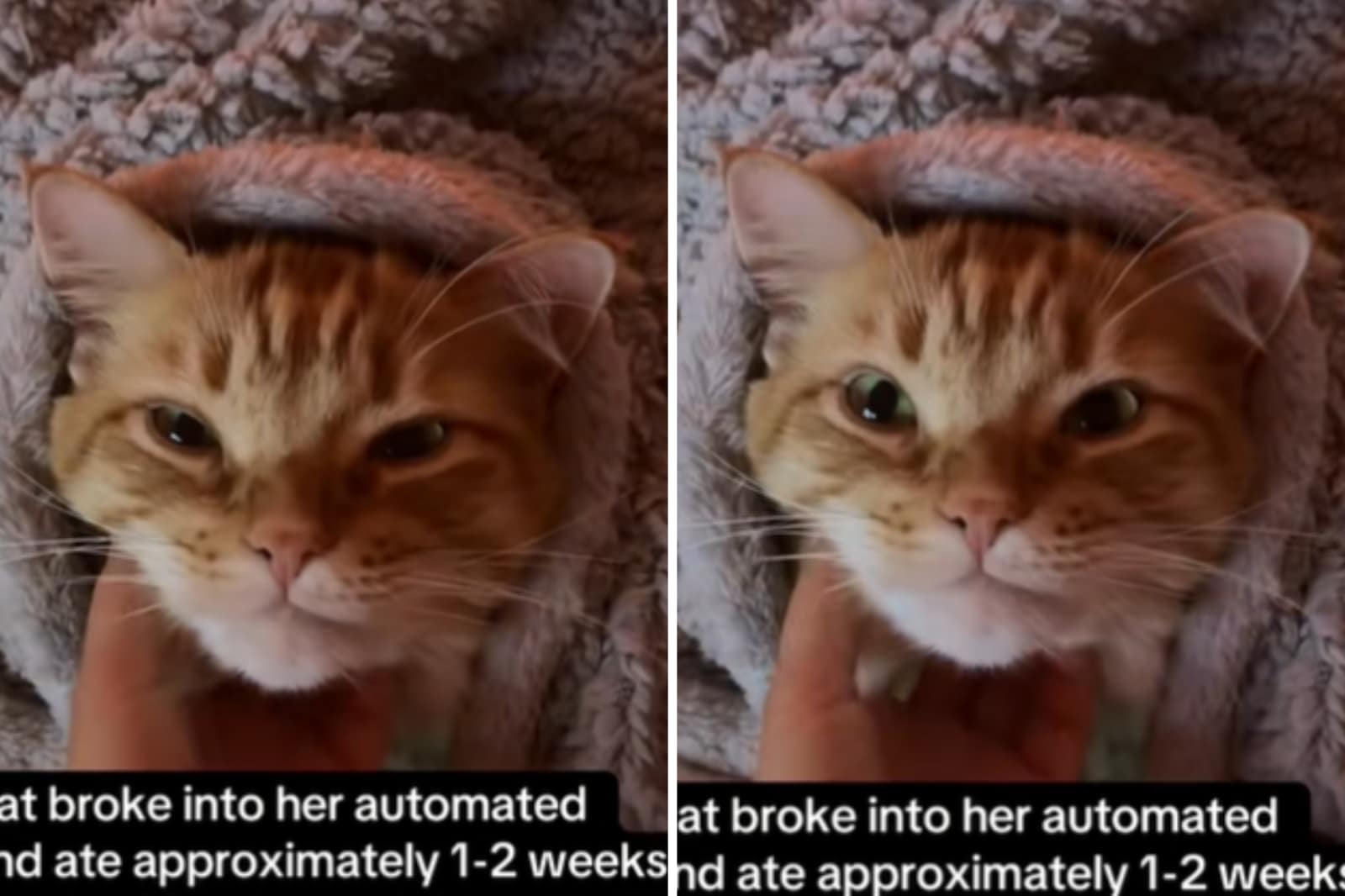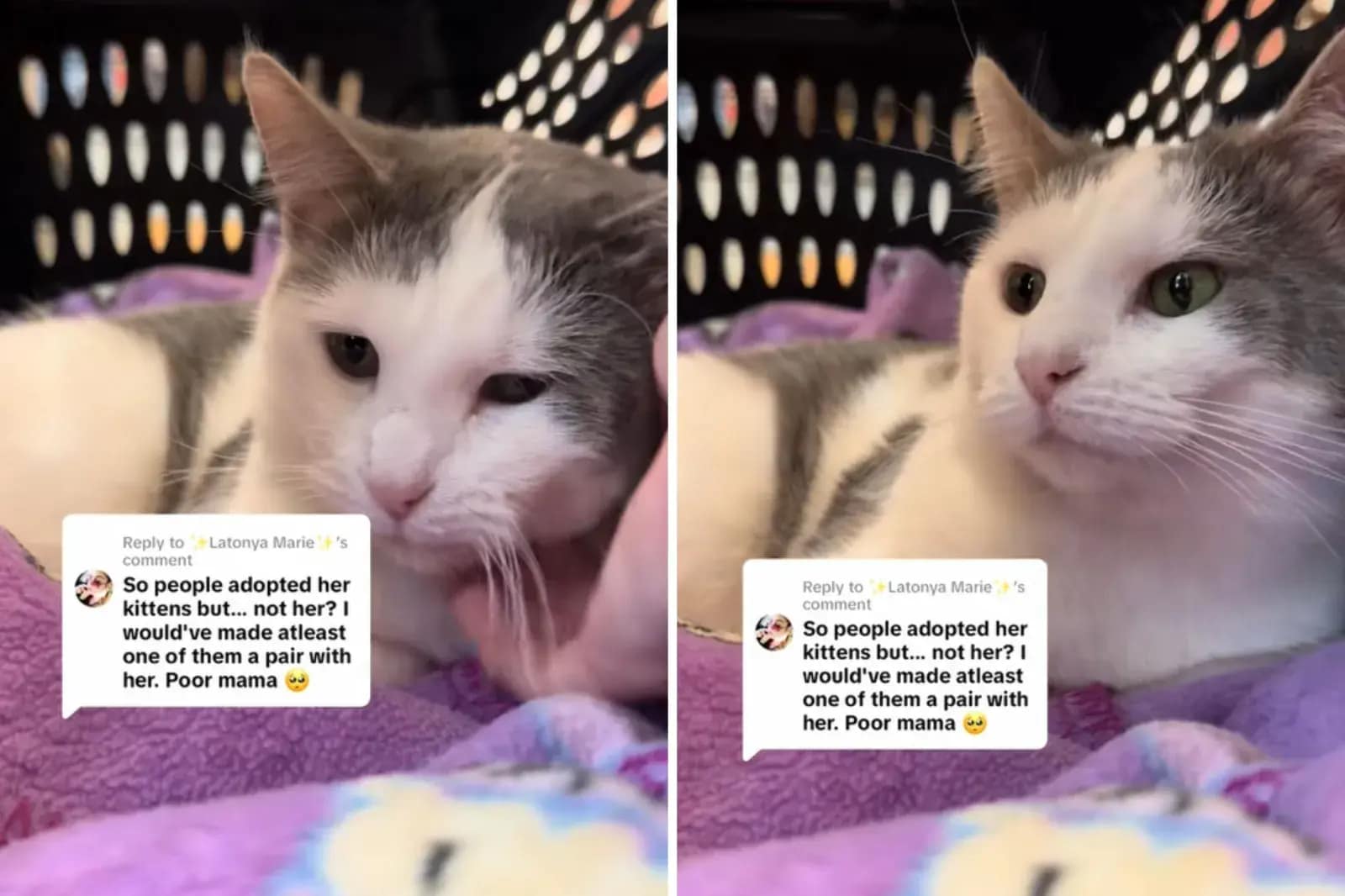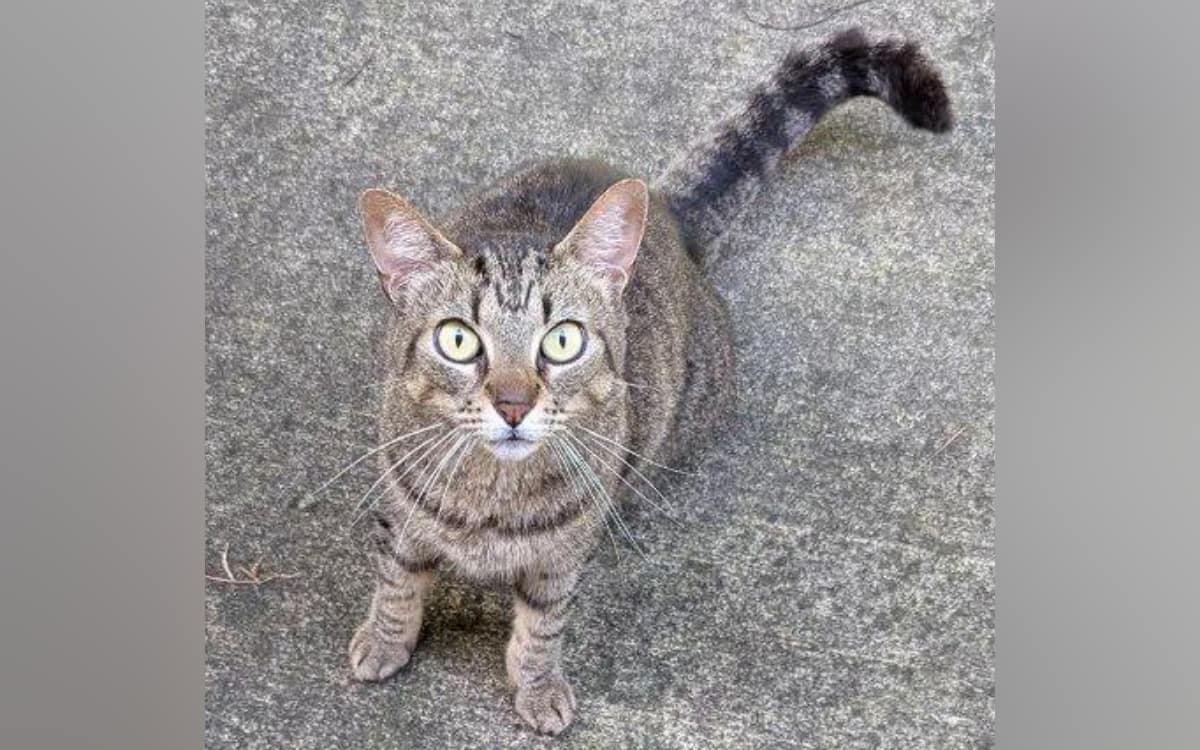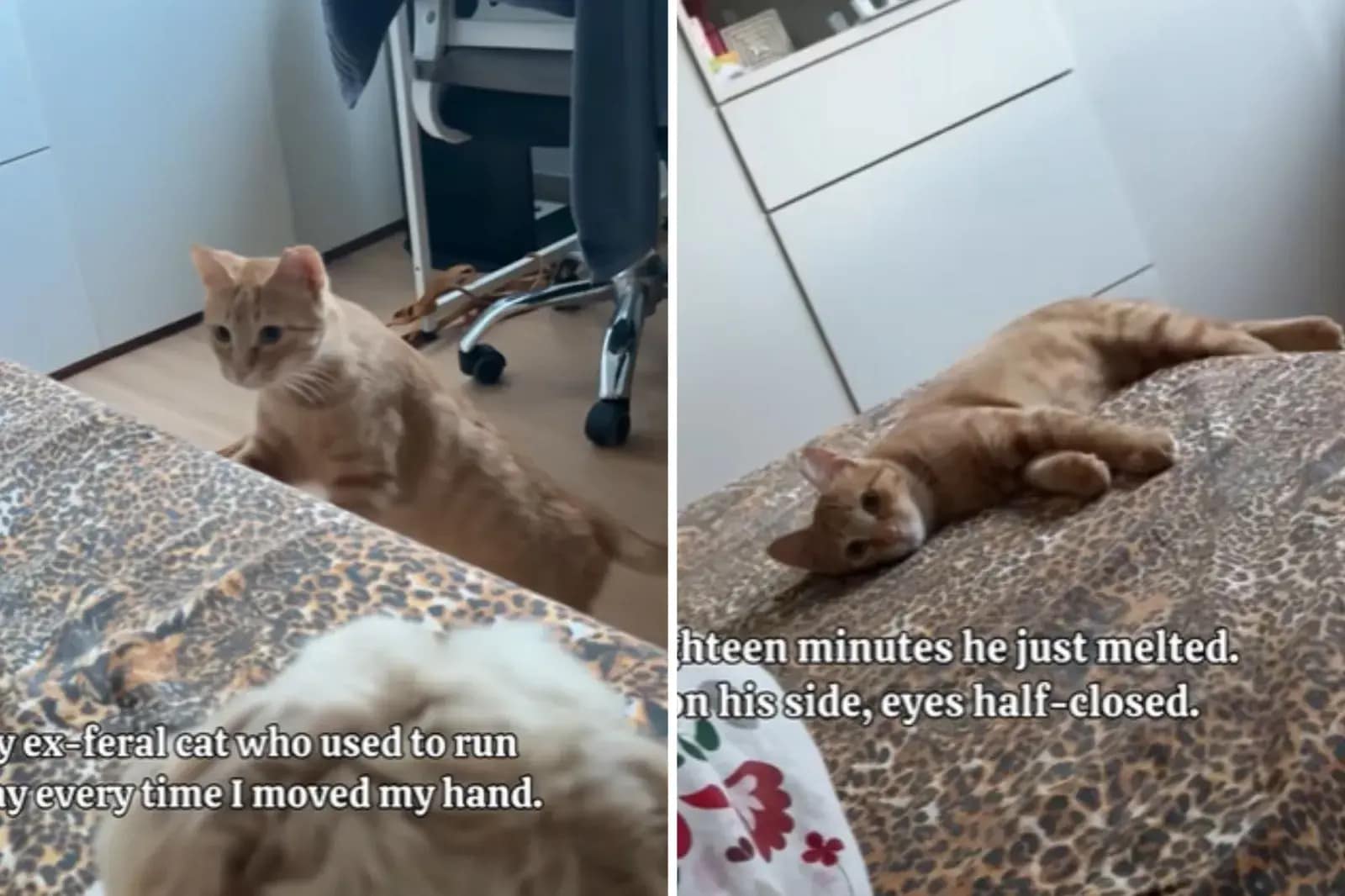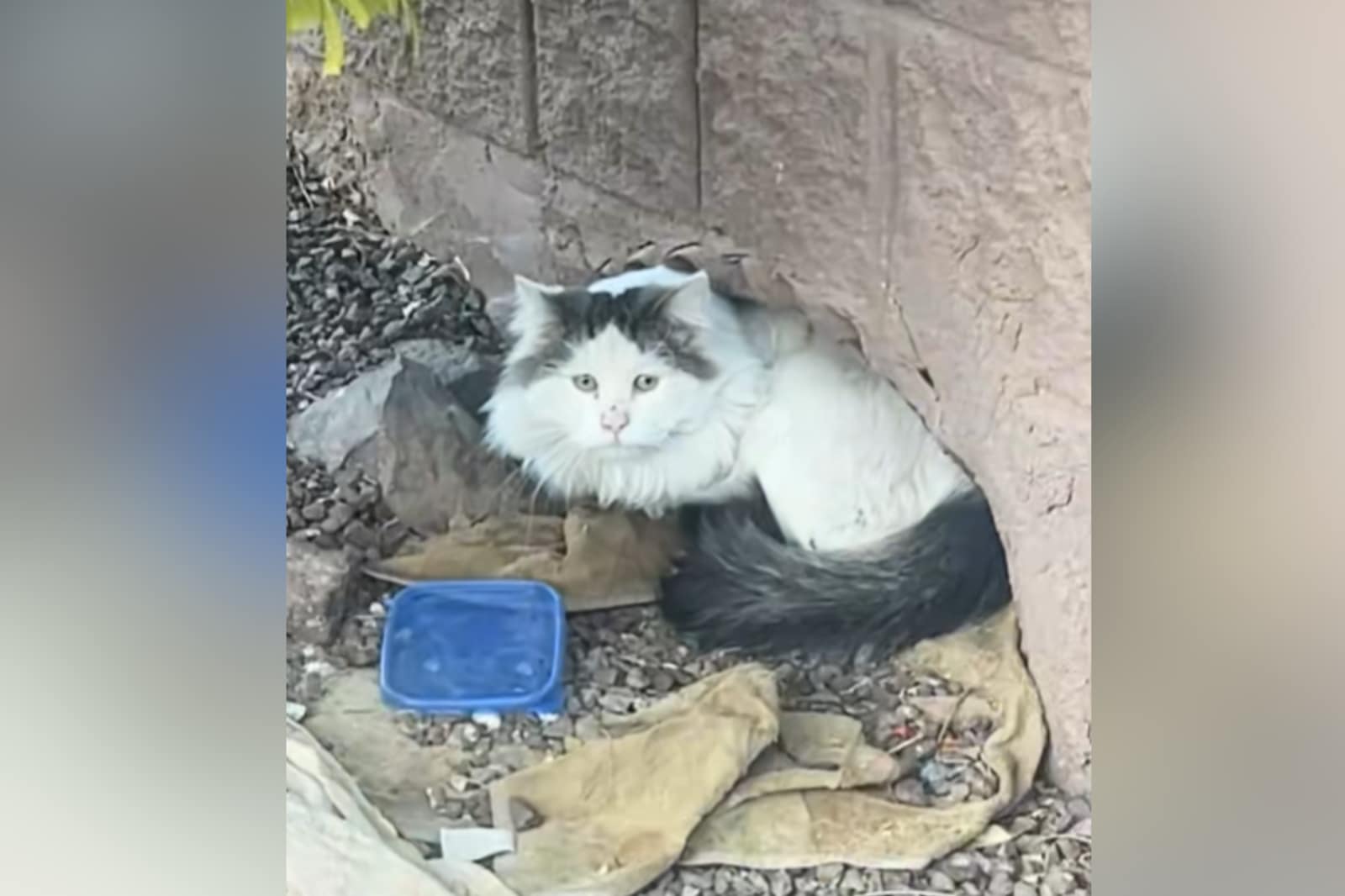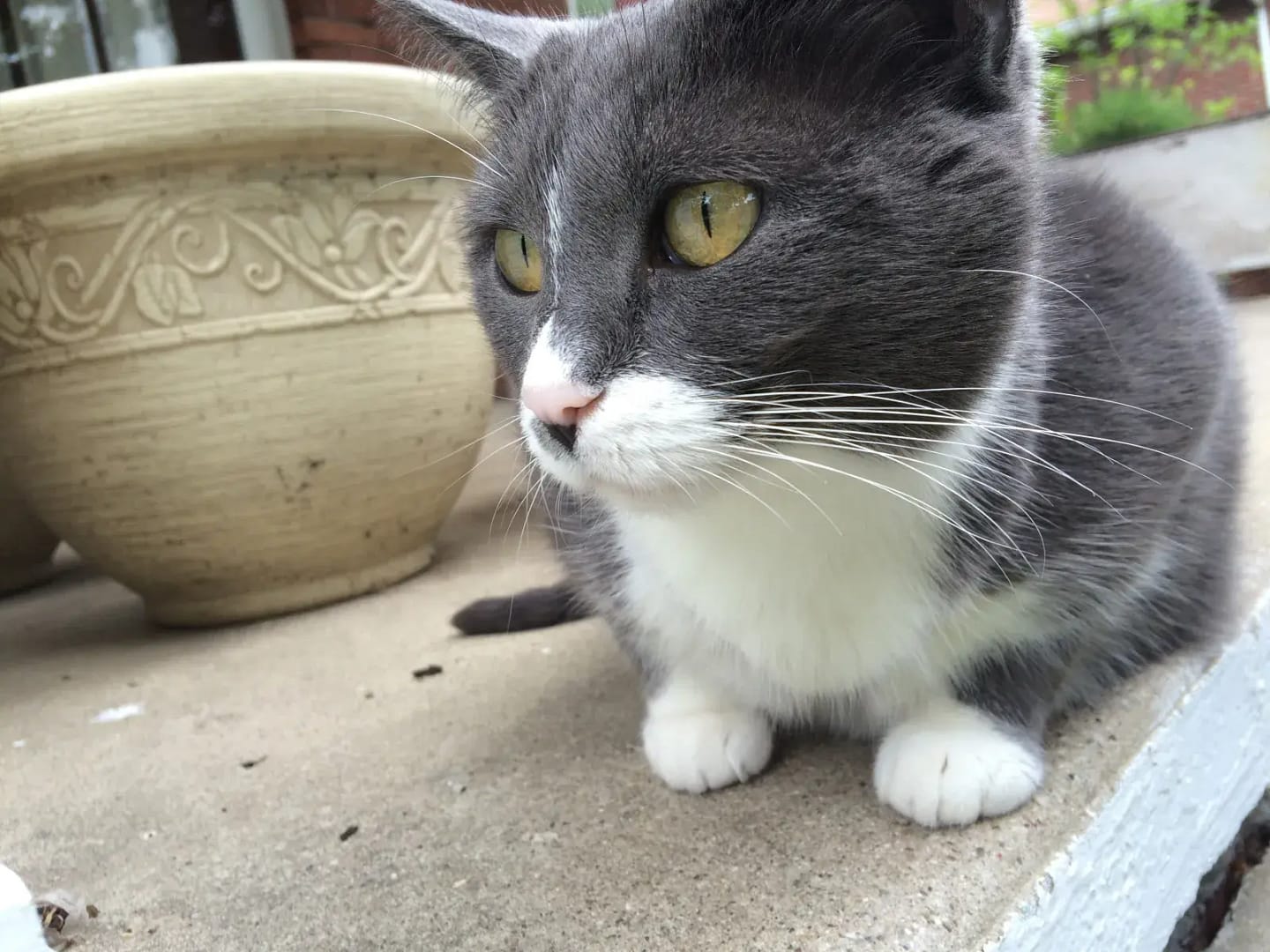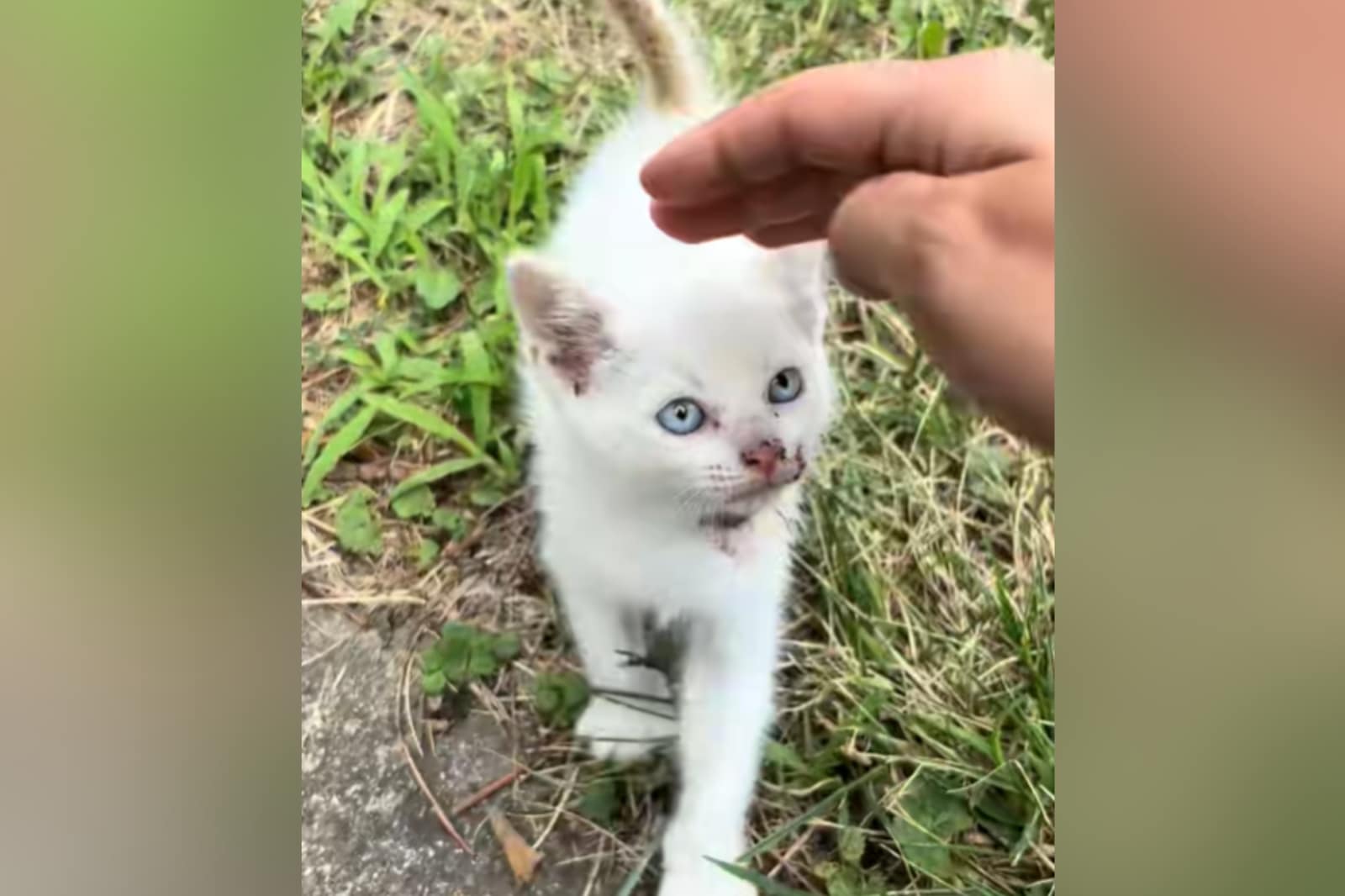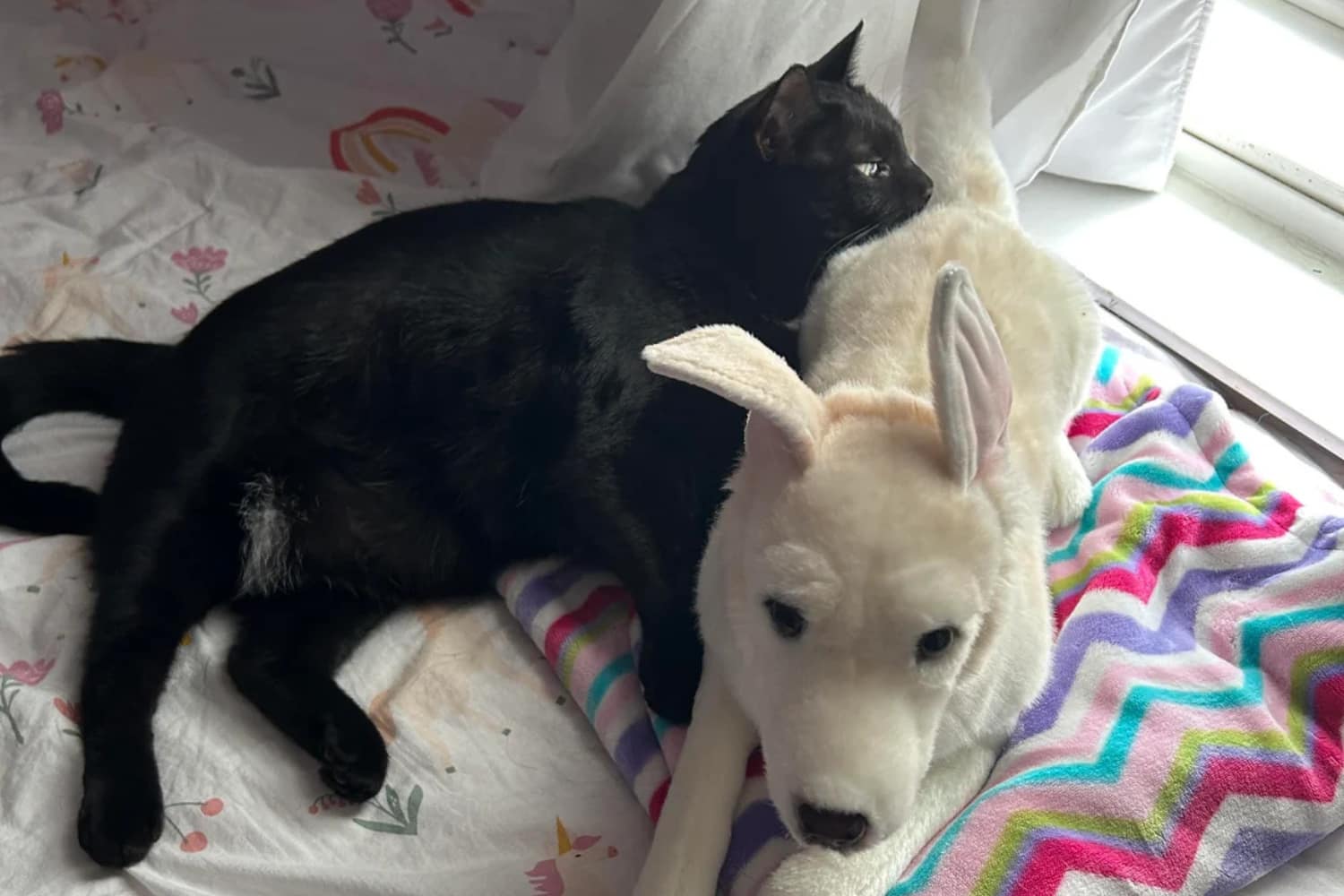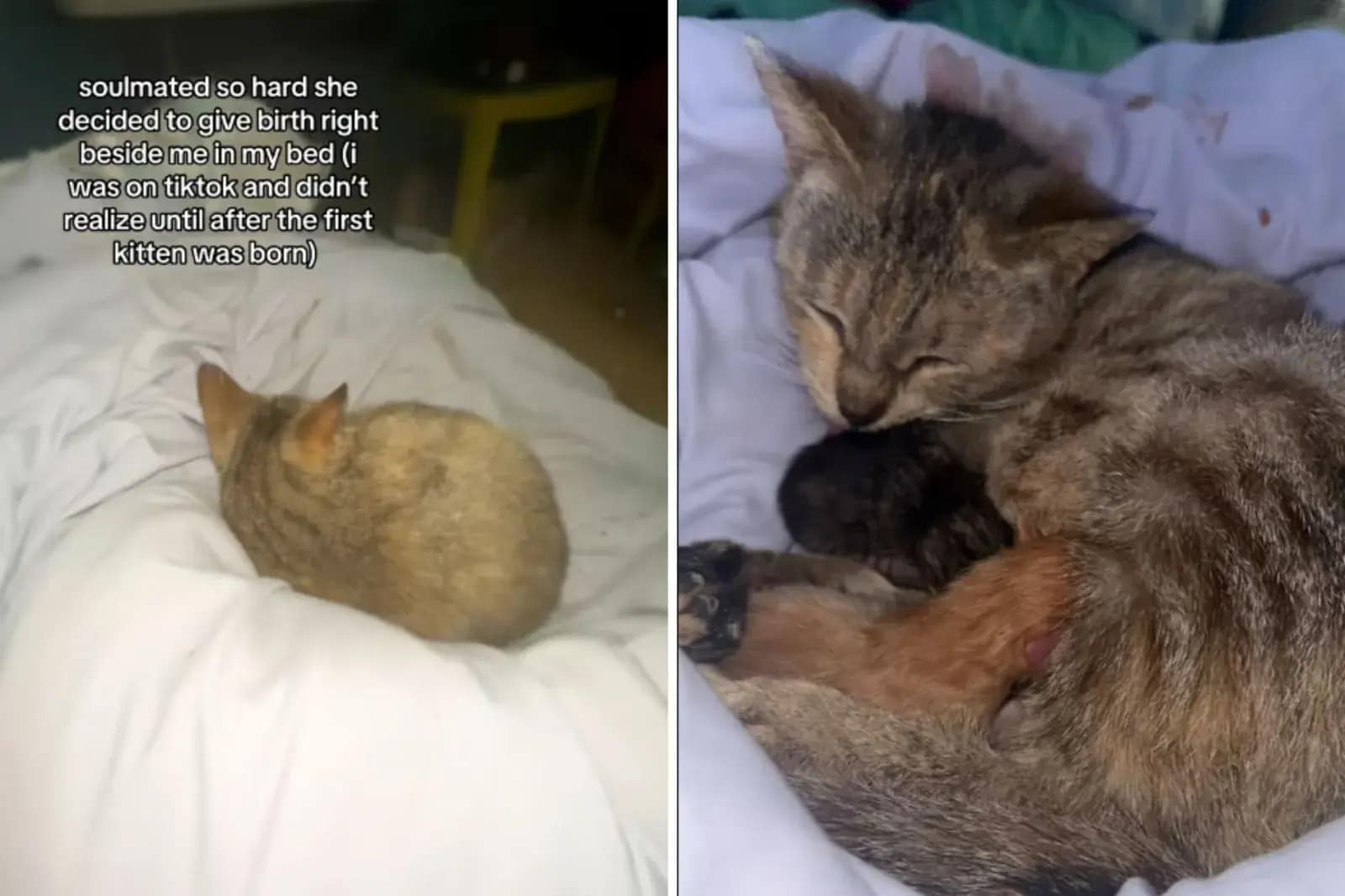As cat parents, we’ve all marveled at those “wait, is that the same kitty?” moments—watching our little rescues blossom from wide-eyed newcomers into confident, cuddly companions. One Reddit user’s side-by-side snaps of their gray tabby’s six-month journey have us all swooning (and maybe grabbing the lint roller), proving that a little love can turn a scrawny stray into a walking cloud of whiskers and warmth.
The Heart-Melting Before-and-After Reveal
Picture this: Day one in his forever home, and there’s Sammy—a sleek, almost delicate gray kitten, still adjusting to the big world after rescue. Fast-forward six months (he’s nearing his second birthday now), and boom: the same cat, but now a glorious explosion of fluff that could double as a feather duster. Reddit user u/Sammy12xyz captured it perfectly in their Monday post: “First day home vs yesterday! These pictures are six months apart. He’s almost 2 now. He is a healthy weight it’s just floof.”
As fellow cat lovers, we get the rush—those subtle shifts from “tiny survivor” to “majestic mane” that make every grooming session feel like a victory lap. Sammy’s not just thriving; he’s owning that extra layer with zero apologies, a testament to how safe, steady care lets our kitties shine.
Unpacking the Floof Mystery: Kitten Coats 101
Ever adopted what you thought was a short-haired sweetheart, only to wake up to a fur factory? You’re not alone—kitten fur is sneaky like that. Most start with that irresistible baby-soft down, making longhair potential a surprise until around 8 to 12 weeks. That’s when clues pop up: a bushy tail waving like a flag, tufts peeking from ears, paw fluff, or the start of a neck ruff that says, “Get ready for the fluff apocalypse.”
Genetics play the starring role here—the longhair gene is recessive, so both parents need to carry it for the kitten to inherit that luxurious coat. If Mom and Dad are both longhaired, expect a litter of little mops. By 3 to 6 months, it’s showtime: fur thickens, patterns emerge, and suddenly, your lap warmer needs its own zip code.
For the full scoop (and to prep for those inevitable hairball hurdles), a quick vet chat or genetic test can confirm. As cat health news reminds us, knowing early means smarter grooming routines—think weekly brushes to keep mats at bay and skin happy. Pro tip: Start slow with kittens to make it a bonding ritual, not a battle.
The Internet’s Floof-Fueled Freakout: Comments That Hit Home
With over 31,000 upvotes and 399 comments, Sammy’s post turned Reddit into a virtual cuddle puddle. Fellow pet parents flooded in with empathy, laughs, and “me too” confessions that had us nodding along:
- “I think you have a cat attached to your floofball,” quipped Beerfoodbeer, nailing that “where does the cat end and the fur begin?” vibe.
- Tahddah shared, “What a beautiful kitty you have! The same thing happened to me! I thought I adopted a medium-haired cat! The hair just kept growing!”—a classic surprise upgrade we all secretly love.
- Larry-Man added a practical twist: “I adopted a cat that looked like a shorthair. He still does. He looks that way. He’s medium hair and I have to shave him in the summer.” Summer shave squad, assemble!
These reactions aren’t just fun—they’re a gentle nod to the joys (and tangles) of watching our rescues evolve. If your kitty’s plotting a similar fluff takeover, you’re in good company.
A Cozy Takeaway: Celebrate Every Whisker of Growth
Sammy’s six-month floof fest is the feel-good cat health news we crave—a sweet reminder that rescue kitties don’t just survive; they thrive, one fluffy layer at a time. As pet parents, let’s lean into those transformations with open arms (and vacuums at the ready). Whether it’s brushing out the mane or just soaking in the snuggles, every stage is a win. Got a glow-up story of your own? We’d love to hear it—drop it in the comments and keep the tail-wags going.

